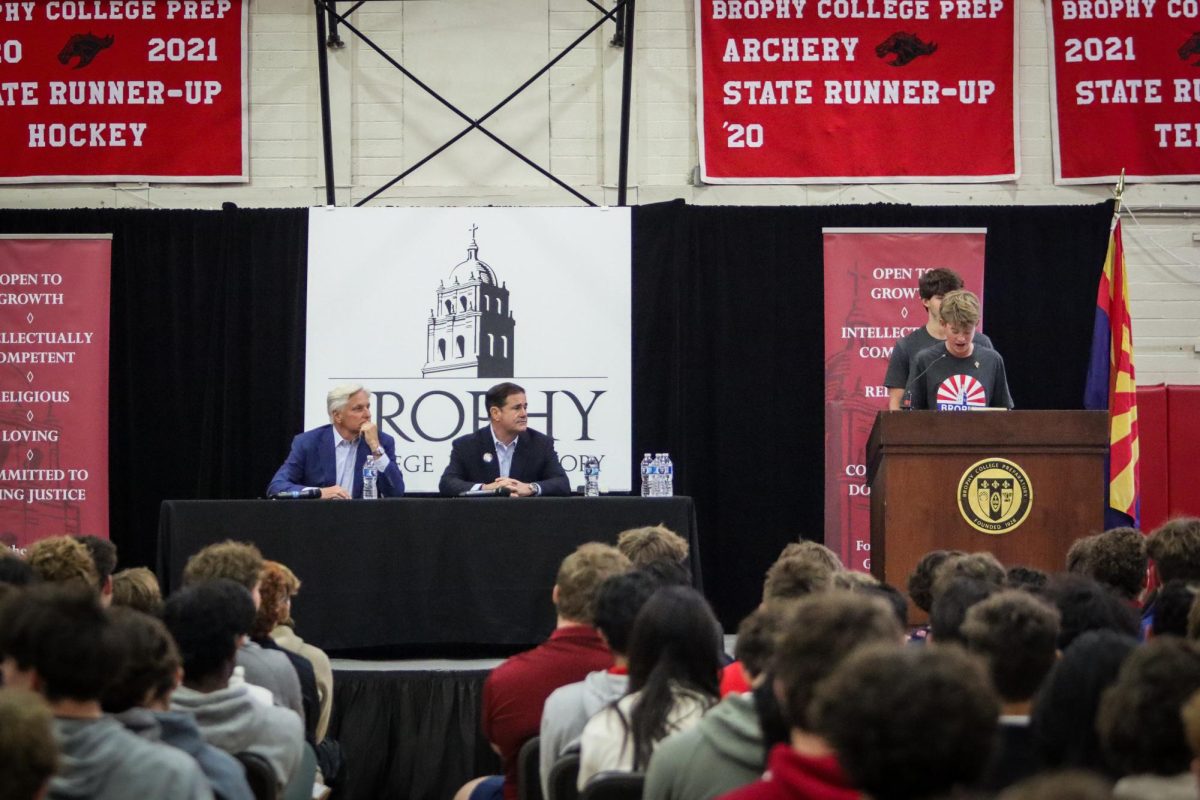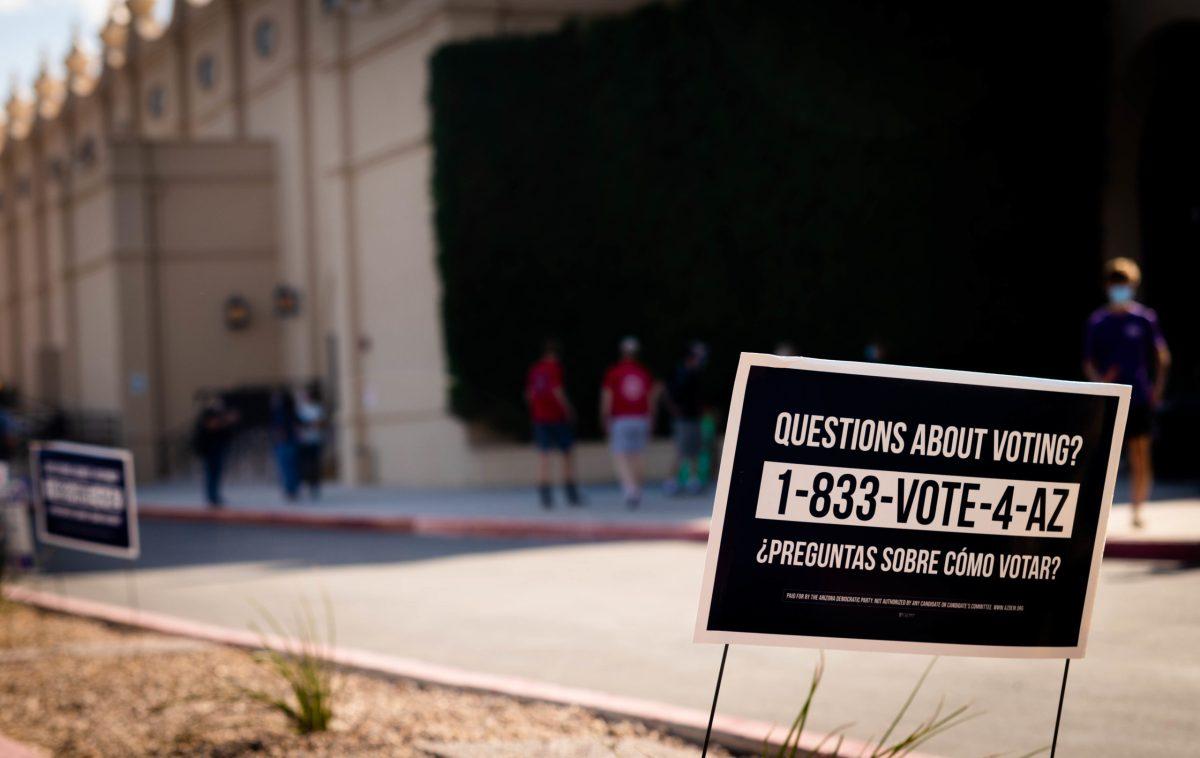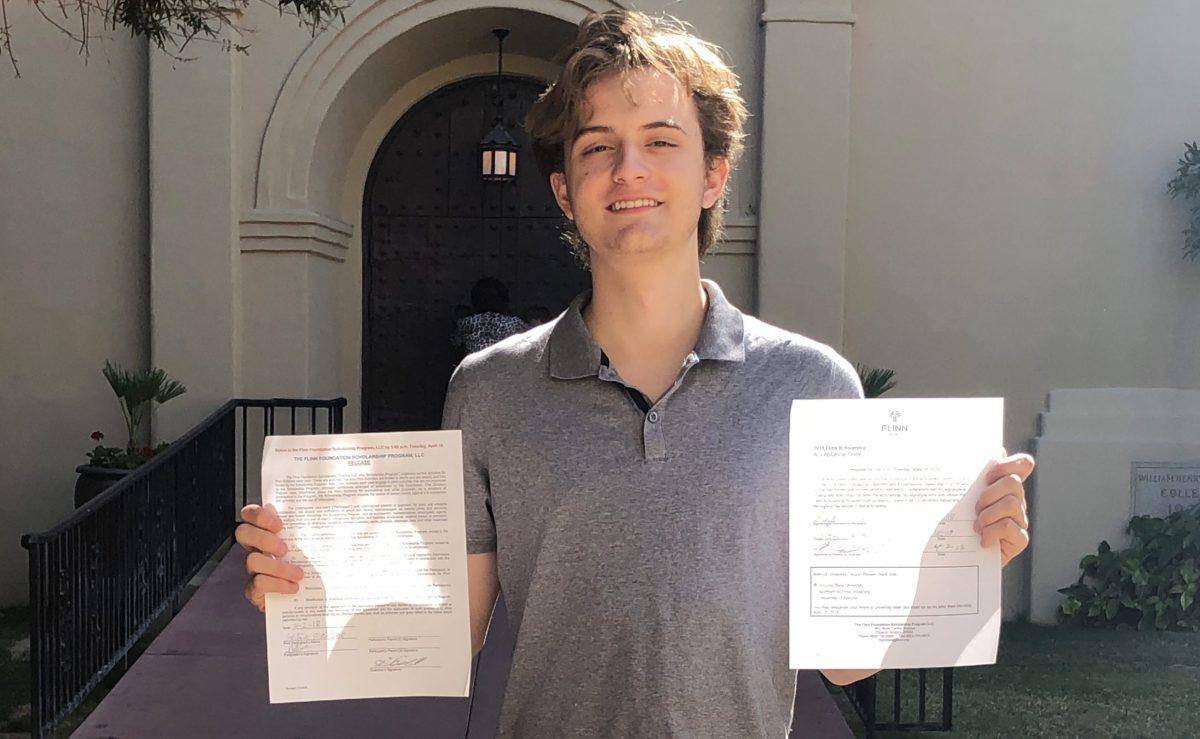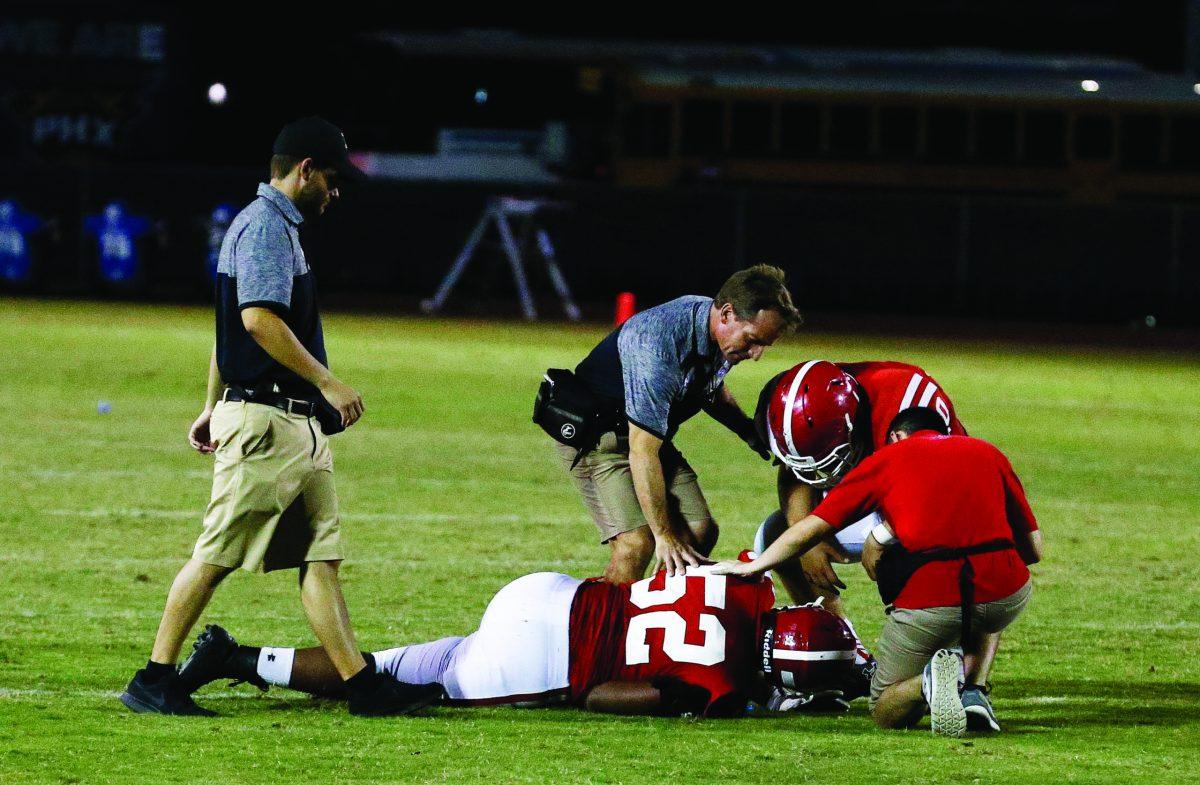Photo by Reece Krantz ’16 – Screenshot of Doom. Many argue that violence in media promotes a violent culture and may even contribute to mass shootings.
By Anthony Totri ’16
THE ROUNDUP
The recent release of video games such as “Black Ops 3” and “Fallout 4” have revived the discussion regarding the culture of violence in video games and music.
The popular first-person shooter game “Black Ops 3” was a game that was pre-ordered by many and bought on the day of release by even more.
The game is packed with violence. In Australia the game earned an R18+ rating, restricting purchase to only adults, higher than any other “Call Of Duty” game, according to a video game site know as Game On.
“Fallout 4,” which sold 12 million copies and made $750 million in 24 hours outsold “Black Ops 3,” according to the site Fortune, is just as violent.
The game has been banned in Saudi Arabia.
There is an ongoing argument that violent video games have a negative effect on consumers, an effect that might be contributing to the increase in mass shootings.
“The US has the highest homicide rate in the world. But, as Fareed Zakaria noted in The Washington Post, the Japanese are avid video game players and have a homicide rate close to zero. He argues that the difference is the incredibly strict restrictions on firearms,” according to Psychology Today.
The conclusion that Dr. Eugene Beresin made in the article puts the argument temporarily to rest.
“We just do not know the relationship between viewing or playing and aggression in the real world – in concert with the Supreme Court decision about video games. Research to date does not inform us. But we should be concerned and wary of risks,” Beresin wrote.
Violence in music is also a regular part of popular culture.
Most know the usual suspects that are criticized for having violence in their songs: death metal, rock and rap.
Though the listed genres are well recognized for having violence, that isn’t to say that more popular genres such as pop and country don’t have their own examples.
One example can be found in “Independence Day” by Martina McBride.
“Independence Day” was declared one of the 100 greatest country songs of all time by Rolling Stone.
The song tells the story of domestic abuse from the perspective of an eight-year-old girl. Her mother is constantly being beaten by her alcoholic father.
The reason the song is called “Independence Day” is because on the same day the United States colonies declare independence from England, the abused mother declares independence from the husband by setting their home to flames, according to Rap Genius.
“Let the guilty pay, it’s Independence Day,” she sings.
The majority of people seem to criticize the violence in rap and rock, but there isn’t often judgment within country or pop music.
In an the article “The Impact of Violent Music on Youth” written by Barbara Wilson & Nicole Martins there are several accounts of specific emotions of teenagers that correlate with listening to “violent music,” but there are no accounts in the article of an increase of violence among teenagers.
An array of violence can also be found in movies.
In fact a study was done by Associate Professor Nelly Alia-Klein of the Friedman Brain Institute to see how violence in movies affects the brain.
“Alia-Klein and her colleagues rounded up 54 healthy men, some of whom had a history of getting into physical fights, while the others had no history of aggression. The researchers scanned the volunteers three times: doing nothing, watching emotionally charged video and viewing a violent movie,” according to NBC News.
“The non-aggressive men’s blood pressure rose and the orbitofrontal cortex, an area of the brain involved in impulse control and decision making, sparked brightly. The aggressive men’s brains were much quieter and their blood pressures either stayed the same or in some cases dropped a little,” according to the same NBC report.
The final results indicated that those who had previously demonstrated aggression didn’t have a reaction to the violent scenes in the movie, it was almost as if they were at home, while the individuals who didn’t previously have issues with aggression became strained.
Multiple studies have concluded that there is no direct link between violence in entertainment and violent individuals, but research does indicate that violence in entertainment may enhance aggression in individuals already susceptible to it.















